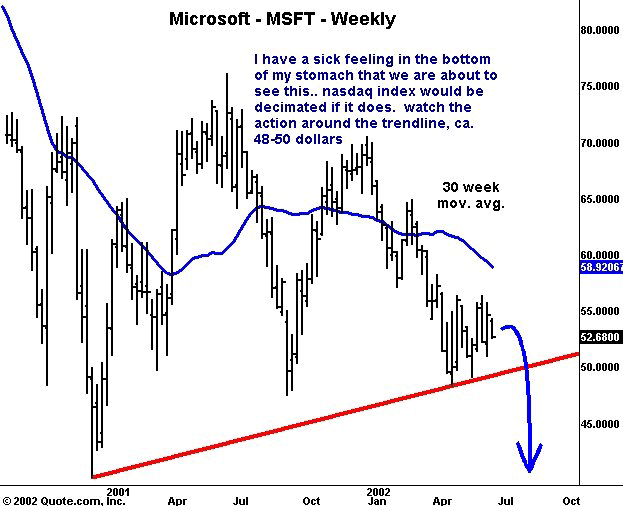My Perspective
There’s
not a whole lot I want to say
about the market. As of Monday at 2:30
PM ET (when I wrote this piece) we still haven’t had confirmation of a
bottom yet. See my weekend
article if you want to read more of my outlook.
Those of you who
have been following my column, are probably aware that I like to keep things
simple, concise and within the context of the bigger patterns, i.e., classical
accumulation and distribution type patterns. Once
I think I’ve got the bigger picture figured out, I then ratchet down to the
shorter-term patterns and setups which help define specific entry, exit and
risk parameters. Thus, I start with a
bias based on the longer-term patterns and trends, and then look for
shorter-term entry triggers that allow me to define the risk.
In today’s article I want to review an example of this concept —
albeit not a perfect example — that illustrates the concept in action.
In my daily sector
service I follow 25 markets, including five international ETFs.
International ETFs reflect the performance of large, publicly traded
securities in the aggregate in their respective country.
They do not necessarily lend themselves to short term trading due to
their lowish volatility and trading volume.The broad-based and industry sector
ETFs, such as the QQQ, SPY, BBH, and SMH are better for short term trading.
Yet I decided to include the international ETFs in my service because I
do believe they are acceptable for longer-term position trading, and also
because they serve as ancillary indicators by which to judge the action of the
US market. In other words, I look for
divergences and conjunctions between the US market and foreign markets just as
I would between the Dow Industrials and the Dow Utilities.
So how does this
relate to my discussion regarding perspective?
In my June-20
article titled “Anxiety
Deficit,” I brought your attention to a pattern I was following in
the Taiwan iShares
(
EWT |
Quote |
Chart |
News |
PowerRating).
I wrote: “The chart of Taiwan
(EWT) appears to be making a long-term weekly top.â€
Now, I will admit that charting can be subjective.
But for those who are willing to devote the time and study necessary to
recognize these patterns, your effort will be rewarded.
It has been one of the backbones of my trading for the past ten years.
Another clue to my
bearish stance, and a less subjective one, was the fact that EWT had been
consolidating below its 50-day moving average for over a month since topping
out in April. So far so good.
We have built a bigger-picture bias, and now we are looking for a
short-term trigger. We got one on
Friday, when our stochastics closed above 79, giving us Stoch-Trap
sell conditions, which I notified readers about in my daily service.
Thus, on Monday morning, we arrived ready and armed with a bearish
outlook based on the ‘bigger picture,” as well as the idea that we should
— imminently — be looking for a place to short the EWT based on our
overbought stochastics reading.
Let me repeat: This
is a less-than-ideal example for the reasons already discussed above regarding
international ETFs. Executing this
trade would have been difficult, since the EWT gapped down almost 6% at the
open, and the liquidity is not that good in the EWT.
However, the same thought processes are used when I set up trades in
markets such as the QQQ or the SMH. This
example can be used as conceptual model to draw upon when developing your own
trades.

Dan
